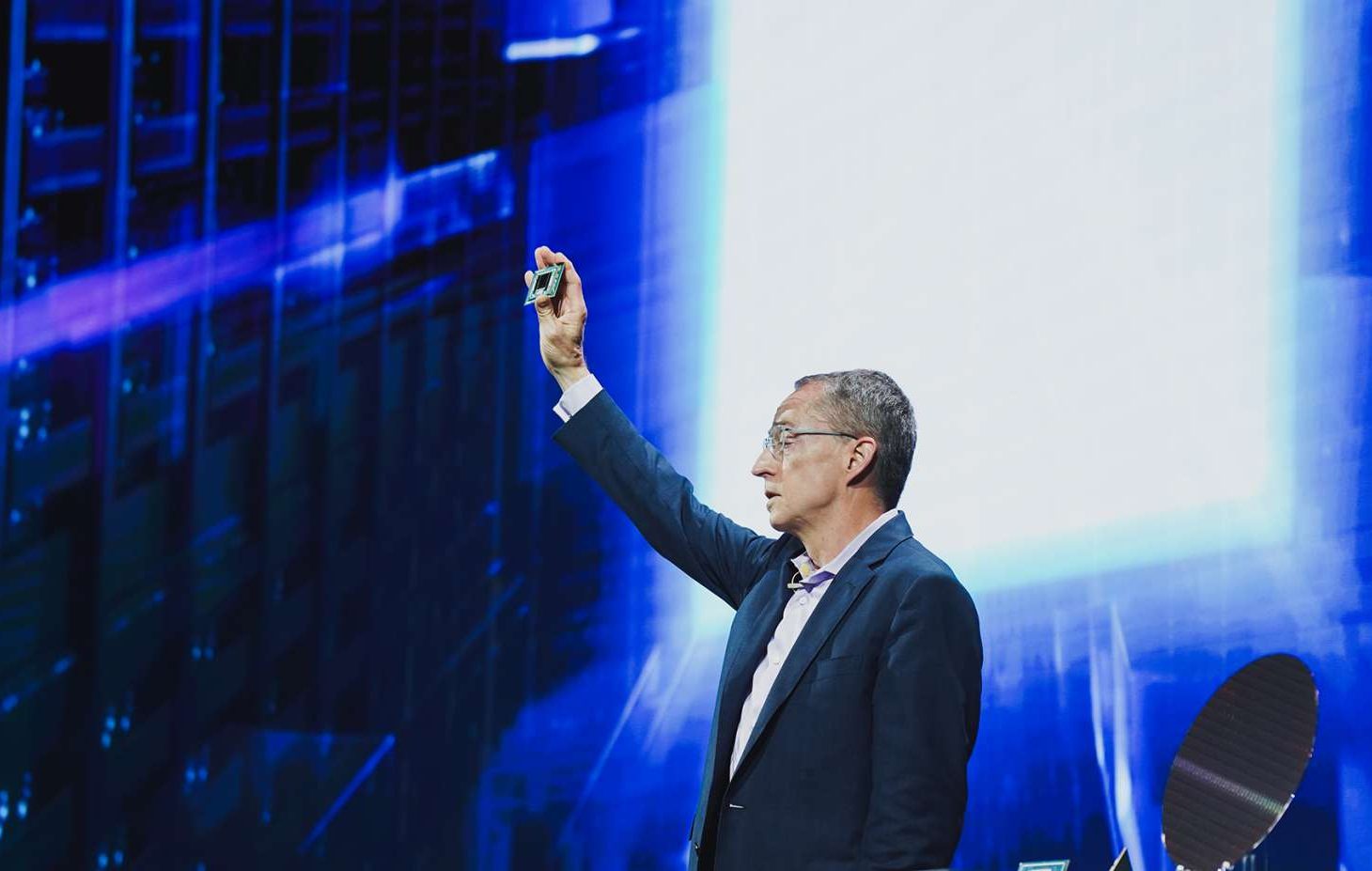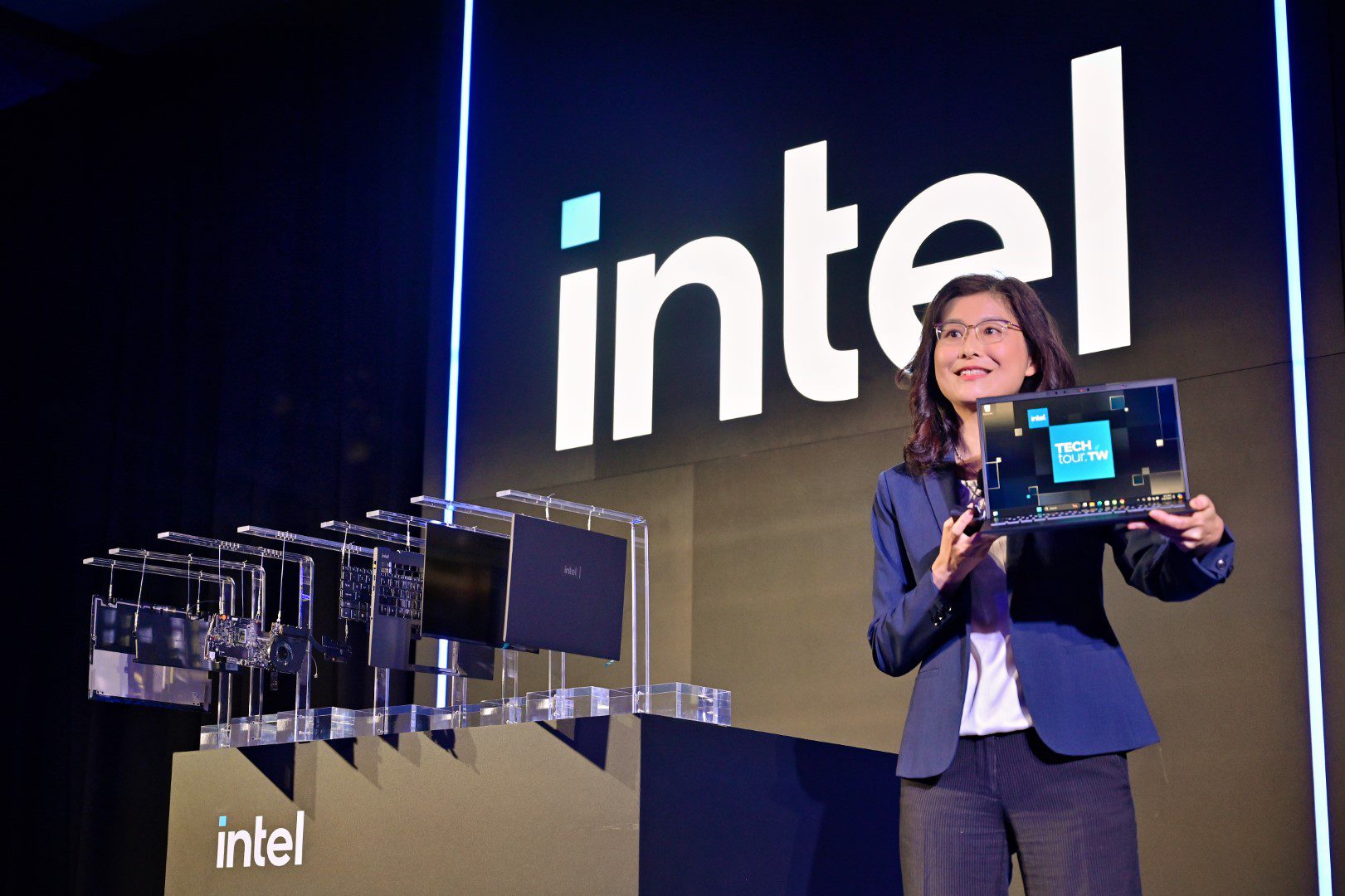Will it still work for Intel?
- September 5, 2024
- 0
Intel is going through one of the most turbulent phases in its 56-year history. The chip giant is being presented with the bill for years of mismanagement. How
Intel is going through one of the most turbulent phases in its 56-year history. The chip giant is being presented with the bill for years of mismanagement. How


Intel is going through one of the most turbulent phases in its 56-year history. The chip giant is being presented with the bill for years of mismanagement. How can Intel turn things around?
Times are tough for Intel. News about the company has hardly sounded positive for months. From announced layoffs, poor financial figures, shrinking market shares to unstable chips: everything that can go wrong seems to go wrong at Intel.
Today’s problems did not just happen. CEO Pat Gelsinger has been trying to chart a new course for years, but turning the ship around is proving difficult. In April 2023, we already wrote that Intel was in the corner where the punches fall: a year and a half later, we could have used exactly the same title. An accumulation of mistakes and too much reliance on past successes have brought Intel to this situation.
Intel was once the reference in the PC market: this dominance earned the company the nickname “Chipzilla”. If we look at market shares, Intel is still king: according to figures from Statista, 63 percent of all CPUs worldwide come from Intel. The breeding ground for market dominance was laid back in 1978 with the iconic Intel 8086, the chip that introduced the x86 architecture that is still common today.
The conflict with AMD is a constant in Intel’s history. The competitor is increasingly chipping away at its lead: in 2016, Intel’s market share was still 82 percent. Intel is largely to blame for this. The company constantly postpones its own deadlines, which means that chips are often outdated before they are even launched on the market.
PC manufacturers today can’t ignore AMD, and the days of new PC models being launched exclusively with Intel are long gone. Company management seemed to realize this in 2021 and pushed then-CEO Bob Swan to exit. Pat Gelsinger was tasked with charting a new course, but the Intel ship proved difficult to steer.
There is another pirate on the coast: Arm. The British company is both a partner and a competitor. Arm convinced Apple to kick out Intel and is now trying to do the same on Windows. With limited success for now, although the hype about AI in the PC industry is good for Arm.
Intel, for once, tried to outsmart the competition and introduced the marketing term “AI PC” in January. Microsoft countered Intel by creating its own term Copilot+ and using the ARM architecture-based Qualcomm Snapdragon Elite chips as its flagship product. The difference between an “AI PC” and a “Copilot+” PC is very vague, but Microsoft has made sure that manufacturers keep an eye on ARM.
A recent example: Instead of building a lead, Intel has been left behind. It was the last major chipmaker to announce its Lunar Lake Copilot+ chip. Although it achieves the highest TOPS number according to Intel, a number that doesn’t say much about a chip’s performance, Copilot+ PCs with Qualcomm and AMD chips will be on shelves long before the first Lunar Lake PC appears. How good the chip actually is remains to be seen.

Intel is also trying to increase its presence in data centers with, among other things, the Gaudi 3 accelerators, but there it clashes with the inevitable Nvidia.
As if things weren’t bad enough, Intel’s processors are starting to make strange jumps. Thirteenth and fourteenth generation Raptor Lake desktop processors appear to be vulnerable to a bug that causes permanent instability. The cause remains unclear and developers claim that laptop chips could also be vulnerable, although Intel says this isn’t true.
The case threatens to get into trouble for Intel. A patch and an extended warranty period do not seem to be enough to avoid a lawsuit. Intel could now do without these like it would a toothache.
Intel has a trump card up its sleeve. The next generation of Intel 18A is due to roll off the production line next year. A deadline that Intel absolutely has to meet. The chips are built on a very small 1.8 nm node and are intended above all to show that Intel has not forgotten. The company’s fate seems to depend on it.
Intel recently announced a breakthrough but was sparse on details. The press release seemed more like an attempt by the PR department to spread good news in turbulent times. A test from Broadcom paints a less positive picture. It is expected to take until 2026 for Intel 18A to reach cruising speed.
Intel has announced major investments in recent years. These fit with Gelsinger’s plans to make Intel the giant it once was. Intel is one of the few chip manufacturers that makes its own chips. In Gelsinger’s master plan, Intel, like TSMC, will also produce chips for external parties. Such contracts can bring in billions of dollars, but sufficient capacity must be available.
In addition to its expansions in its home country, Intel would move into Europe and build a factory in Germany, an investment that is also crucial in the context of the Chips Act for Europe. However, the German factory is a soap opera: Due to discussions about the millions of euros in subsidies and what to do with the (fertile) soil on the site, we are still waiting for the groundbreaking.

It is not even certain whether the factory will ever be built in Magdeburg. Intel’s revenues have fallen so sharply that the investment budget has to be cut. The German government wants to contribute ten billion euros, but the total construction costs of the factory are estimated to be at least twice that. The many billions that Intel would invest now would not pay off for several years at the earliest. The company is able to think short-term first.
Intel and its employees are facing some uncertain weeks and months ahead. Company management has already announced that 15,000 people will receive the Golden Handshake. But much more can change. Sources say Intel is considering spinning off its manufacturing division. Altera, which was acquired in 2015 for $16 billion, was also on display.
AMD did this to Intel in 2009 with GlobalFoundries and today has hardly any ties to the sold subsidiary. By separating production, Intel could focus more on chip design and development and thus once again establish itself as a technology leader. In the coming weeks there should be more clarity about Intel’s future plans.
One bright spot: investors have not yet given up on the company. Although the price has more than halved since the beginning of 2024, it recorded a new increase of twelve percent last month despite all the negative noise. However, confidence is fragile and the tide must turn quickly. Even Intel cannot live off its name and reputation forever.
Source: IT Daily
As an experienced journalist and author, Mary has been reporting on the latest news and trends for over 5 years. With a passion for uncovering the stories behind the headlines, Mary has earned a reputation as a trusted voice in the world of journalism. Her writing style is insightful, engaging and thought-provoking, as she takes a deep dive into the most pressing issues of our time.